16/01: Graves and Cooking
Category: General
Posted by: The Agnew Family
The Metairie Race Course was founded in 1838 on the banks the Bayou Metairie (which have since been filled in). The race track, which was owned by the Metairie Jockey Club, refused membership to Charles T. Howard, a local resident who had gained his wealth by starting the first Louisiana State Lottery. After being refused membership, Howard vowed that the race course would become a cemetery. Sure enough, after the Civil War and Reconstruction, the track went bankrupt and Howard was able to see his curse come true. the cemetery was established in 1872. The original layout of the cemetery follows the oval layout of track. Ironically in 1885, Mr. Howard died when he fell of a newly purchased horse.
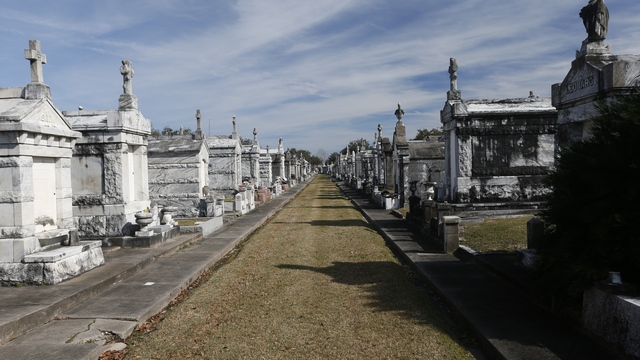
One of the road ways in the cemetery.
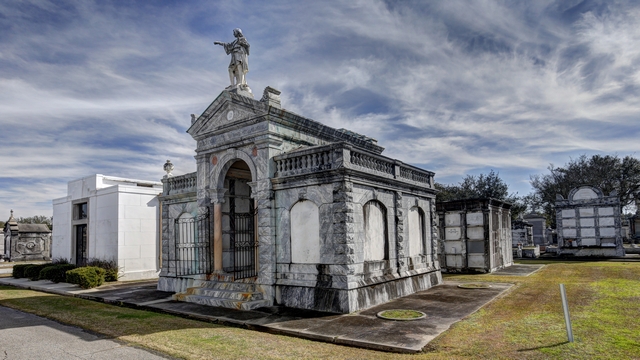
Some of the tombs are very elaborate.
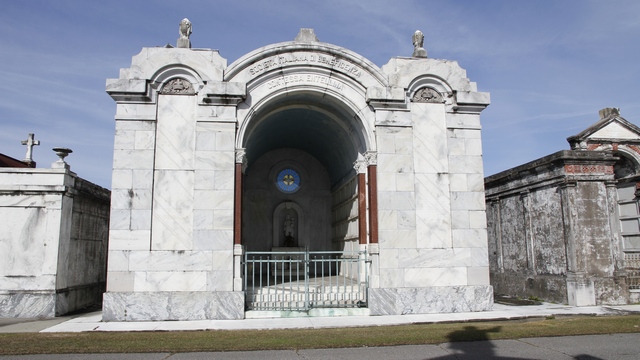
Several of the large tombs were owned by societies for use by their members.
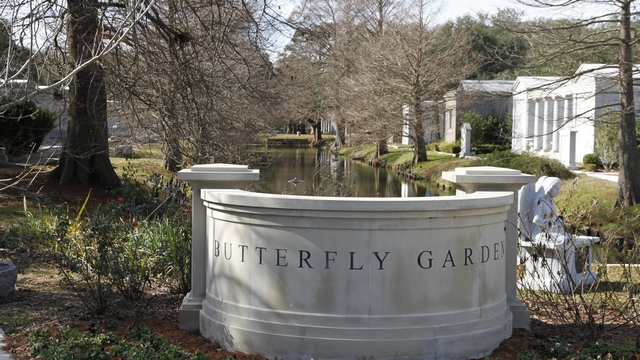
Several areas are set up like gardens.
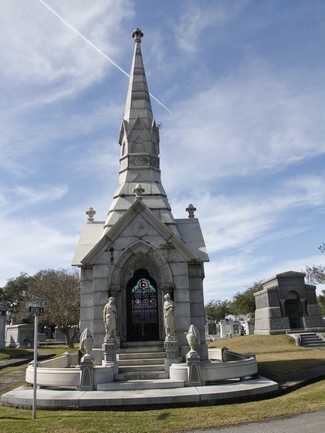
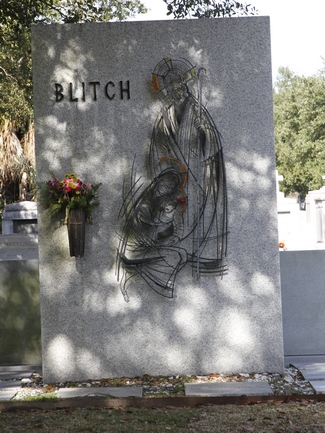
Some of the tombs have stained glass windows and some are markers where people are buried. There is one section that looks like our cemeteries at home.
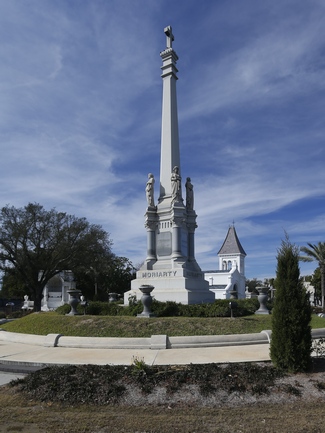
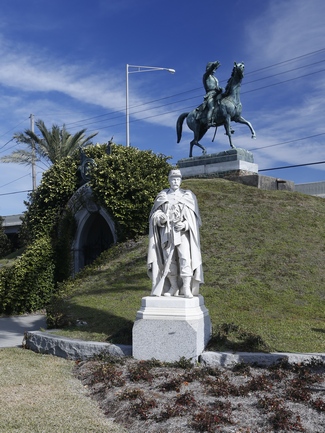
The Moriarty tomb is the tallest of the tombs and there are two tombs for soldiers.
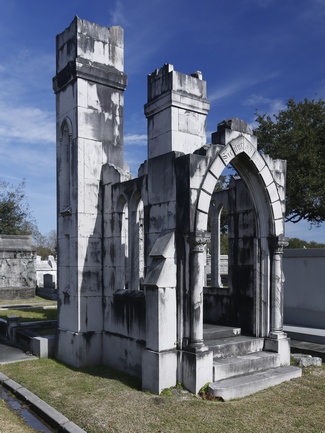
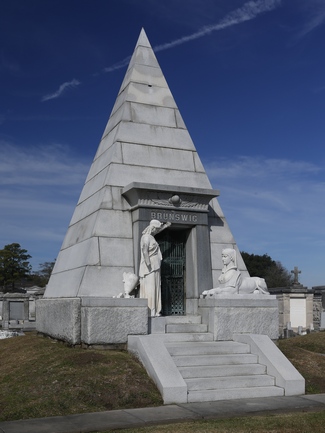
The photo on the left is the Egan family "ruined castle". and the one on the right is the Brunswig mausoleum which is a pyramid guarded by a sphinx statue.
In the evening John and I went to a "hands on" cooking class at the New Orleans School of Cooking.
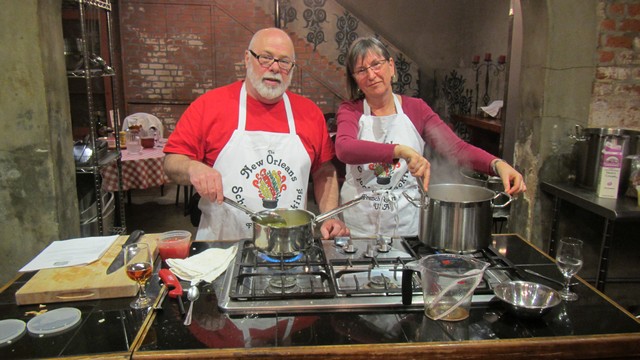
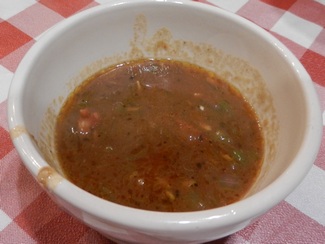
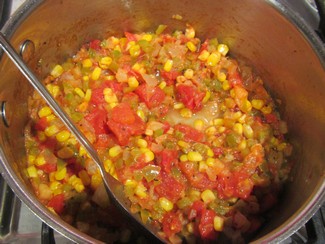
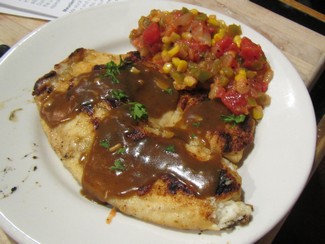
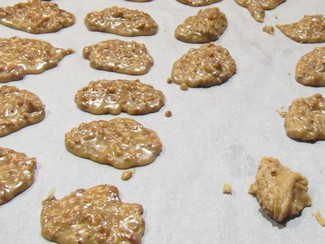
We picked up a few cooking tips from our instructor Ed, plus learned how to make gumbo, maque choux, fish with meuniere sauce and pralines.

One of the road ways in the cemetery.

Some of the tombs are very elaborate.

Several of the large tombs were owned by societies for use by their members.

Several areas are set up like gardens.


Some of the tombs have stained glass windows and some are markers where people are buried. There is one section that looks like our cemeteries at home.


The Moriarty tomb is the tallest of the tombs and there are two tombs for soldiers.


The photo on the left is the Egan family "ruined castle". and the one on the right is the Brunswig mausoleum which is a pyramid guarded by a sphinx statue.
In the evening John and I went to a "hands on" cooking class at the New Orleans School of Cooking.





We picked up a few cooking tips from our instructor Ed, plus learned how to make gumbo, maque choux, fish with meuniere sauce and pralines.